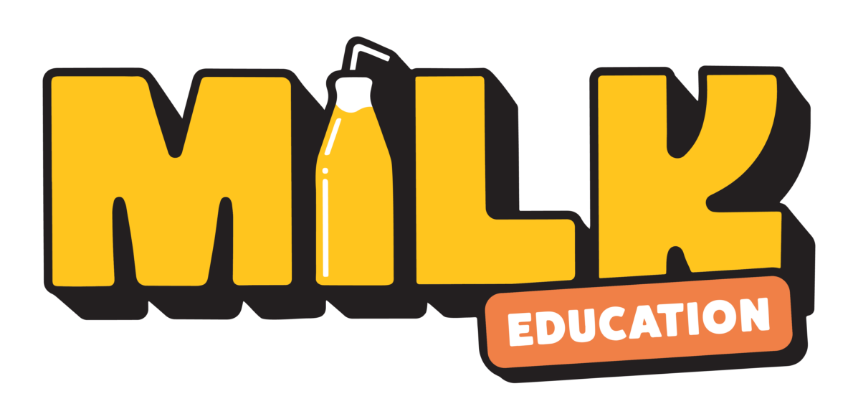Teaching assistants (TAs) and learning support assistants (LSAs) play a crucial role in education, providing essential support to students and teachers. Yet, as schools face rising workloads, SEND pressures, and teacher shortages, it’s time to rethink teaching assistant jobs and roles in school.
With increasing numbers of children needing specialist support, teachers facing unprecedented workload demands, and recruitment challenges affecting schools nationwide, the role of teaching assistants has never been more critical.
So, what if we flipped the script? Instead of seeing TAs as classroom assistants, what if we recognised them as key players in student success?
How Do Teaching Assistant Roles Look Today?
Teaching assistants play an undeniably crucial role in early years, as well as primary, secondary, and SEND schools. And the numbers speak for themselves:
- Teaching assistants make up over a quarter of the workforce in mainstream schools.
- Around 1.2 million pupils in England require SEND support.
- Three in four headteachers struggle to recruit teaching assistants, as demand for SEND support increases.
Teaching Assistant Roles and Responsibilities
The responsibilities of TAs have significantly expanded in recent years, with many stepping into behaviour support, safeguarding, and intervention roles. As a result, schools are under growing pressure to find and recruit skilled staff who can offer the right support, such as:
- Targeted interventions for struggling learners.
- Specialist SEND assistance for neurodiverse pupils.
- Behaviour support for students with complex needs.
- Safeguarding and wellbeing support, supporting pupils who may need additional mentoring and bridging the gap between teachers and students.
- Lesson cover, in some cases even leading classes when staff shortages demand it.

Some of these responsibilities are arguably asking too much of TAs – such as expecting them to lead a whole class despite not being paid or trained as a class teacher. Research from UNISON found that 45% of teaching assistants in England and Wales were covering more classes in the 2023/2024 school year than in the previous year. However, national guidance states that school support staff should not be actively teaching any classes they cover, and means that pupils are missing out on essential support.
Instead, effectively using TAs and embracing their unique skillsets can make a real difference to pupil behaviour and pupil progress.
A well-trained, well-supported TA can be the difference between a child thriving or falling through the cracks. But the real question is: Are we fully maximising the skills of the TA workforce?
Expanding the Search for Support: Careers That Lead to Teaching Assistant Roles
Many people assume you need previous classroom experience to become a teaching assistant, but schools benefit from a wide range of skillsets, such as empathy, patience, and communication.
Some of the most effective TAs and learning support assistants may have a varied education history or work experience background, such as:
- Psychology graduates: Expertise in cognition, child development, and behaviour.
- Support workers or carers: Skilled in one-to-one support, communication, and personal care.
- Social workers or youth workers: Experienced in safeguarding, mental health, and trauma-informed practice.
- Those with backgrounds in social justice, such as community workers who advocate for disadvantaged pupils.
- Healthcare professionals, including occupational therapy assistants, speech and language assistants, or those with medical training.
- Graduates and career changers: Consider people transitioning from corporate jobs, customer service, or coaching who want to work in education. Milk’s Graduate Scheme also enables graduates to take the first step into a teaching career.
Guiding potential educators with these backgrounds into a teaching assistant role can offer a huge benefit to your staff and pupils, as long as proper training and teaching assistant CPD is provided, helping them to specialise in particular areas of student support.

Are Schools Making the Most of Their TAs and LSAs?
Despite their potential, many TAs and LSAs remain underutilised due to a lack of structured training and career progression. It is also important that class teachers utilise their TAs effectively
- Are TAs considered by teachers when lesson planning, and are they deployed effectively by the class teacher? Or are they sitting passively in the classroom?
- Are they trained to support SEND and behaviour needs, or are they expected to learn ‘on the job’?
- Are they given a clear career pathway, or are they stuck in static roles with no progression?
A strategic approach to TA deployment would:
- Recognise TAs and LSAs as specialists: They’re trained professionals in SEND, learning interventions, and pupil wellbeing.
- Invest in training and career development: Provide structured CPD, such as Milk Academy’s Teaching Assistant courses. We offer a Level 2 Teaching Assistant Diploma, and a Higher Level Teaching Assistant (HLTA) Course, as well as many more accredited classroom-based courses.
- Create clear career pathways, by offering HLTA training, SEND specialisms, and even routes into teacher training.
- Integrate TAs into lesson planning: Creating a positive school culture where educators can build strong relationships with class teachers is essential for them to effectively implement interventions.
How to Implement Change: A Smarter Approach to Teaching Assistant Roles
If schools want to maximise the impact of teaching assistants, they need to shift from a reactive approach to a strategic one. That means:
- Recruiting from diverse career backgrounds: TAs don’t always need traditional education experience! Schools should consider psychology graduates, support workers, and those with safeguarding expertise.
- Prioritise wellbeing support: Giving TAs access to mental health resources, supervision, and wellbeing initiatives can reduce stress and improve retention. At Milk Education, all our TAs are provided with a detailed Wellbeing Guide when they register with us, outlining how to look after their mental health when working in schools.
- Create a culture of recognition: School leaders should regularly acknowledge and celebrate the contributions of TAs and LSAs to boost morale.
- Encourage professional fulfilment: Allowing TAs to specialise in areas they are passionate about (e.g., speech & language support, pastoral care, or early intervention) can help keep them engaged in the role.
How Can Schools Find Skilled Teaching Assistants?
The teacher recruitment crisis won’t be solved overnight. But while the government debates the future of education, schools have an immediate opportunity to strengthen their workforce by making better use of TAs.
Steps for School Leaders:
- Working together: Our Milk Education consultants look beyond traditional routes, working with graduates, support workers and career changers who will make fantastic additions to the classroom as teaching assistants and learning support assistants.
- Invest in training and CPD: Offer SEND and behaviour management training to ensure TAs and LSAs have the expertise they need.
- Use TAs strategically: Ensure they deliver high-impact interventions, rather than just providing classroom supervision.
The Future of Teaching Assistant Roles
TAs and LSAs aren’t just nice to have – they’re an essential part of a successful school. But for schools to get the most out of them, there needs to be a mindset shift.
If you’re looking for skilled staff to support your pupils, or you need a specialist teaching assistant with specific expertise, get in touch with us to discuss how we can help!
The real question isn’t whether TAs are key to school success – it’s whether we’re ready to treat them like they are.

